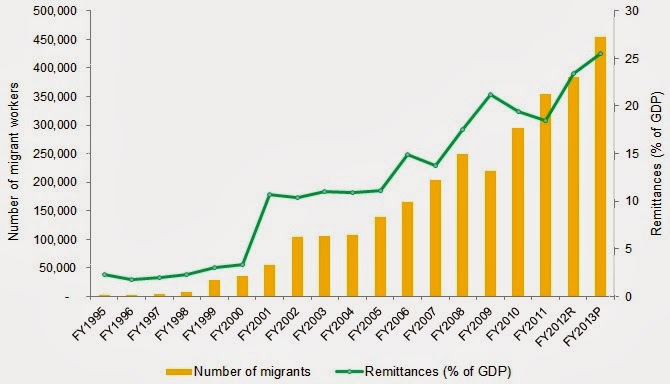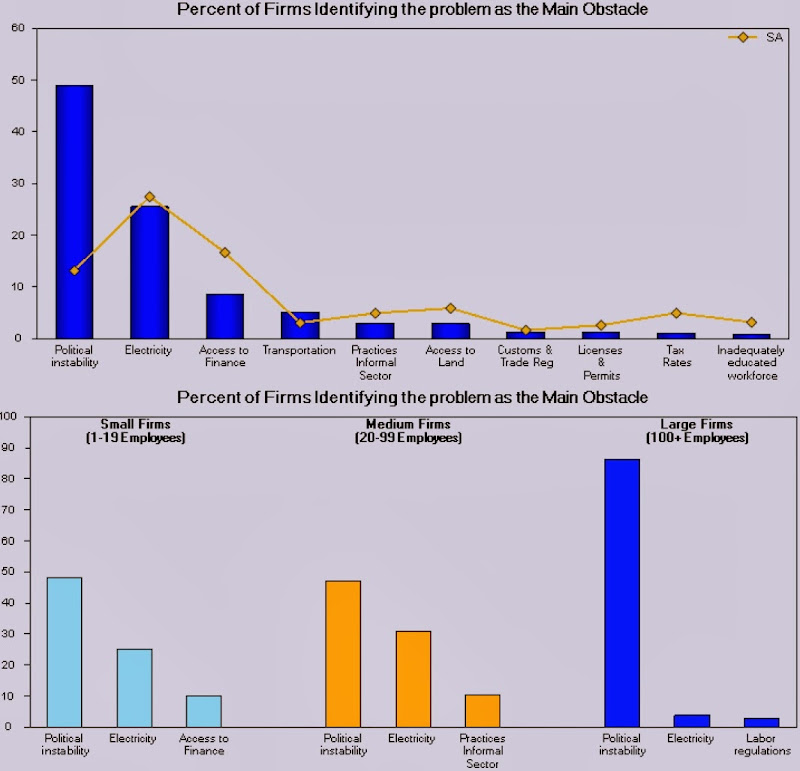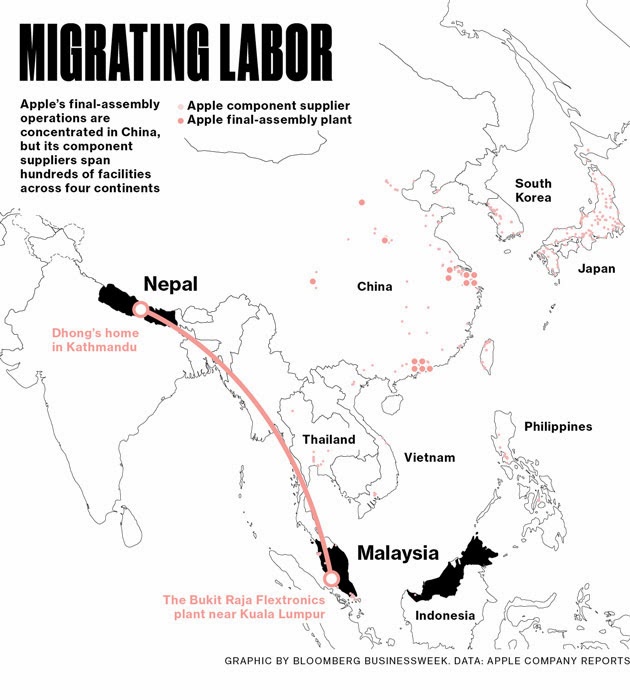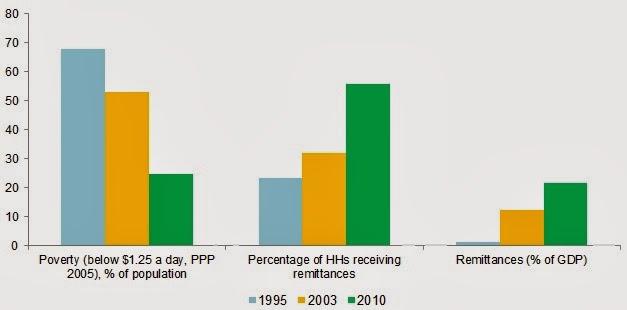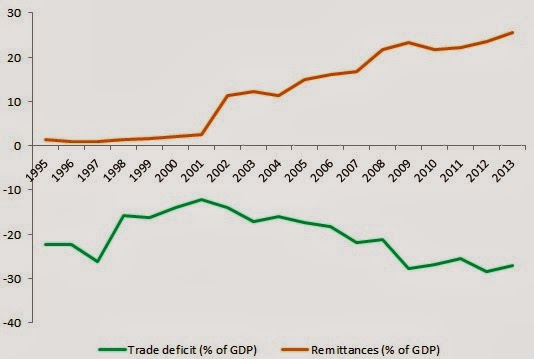Africa's ongoing structural transformation is strikingly similar to Nepal's slow structural transformation. It is characterized by the shift of workers and economic activities from agriculture sector to low productive, low-value added services sector activities, resulting in a slowdown in transformation. Eventually, there aren't enough jobs for the youth and the economy is stuck in a low growth trap.
Most of the GDP growth is coming from non-tradable sectors such as construction, retail and wholesale trade and real estate and housing. The demand for these services sector activities are in turn driven by public expenditure, and remittances. Tradable sectors such as manufacturing and high-value agriculture activities are not prominent. Worse, more and more workers are shifting to informal activities in services sector until they find jobs overseas. Addressing this will be one of the major economic challenges for the Constituent Assembly II, if the country wants to realize its goal of graduating from LDC status by 2022.
Most of the GDP growth is coming from non-tradable sectors such as construction, retail and wholesale trade and real estate and housing. The demand for these services sector activities are in turn driven by public expenditure, and remittances. Tradable sectors such as manufacturing and high-value agriculture activities are not prominent. Worse, more and more workers are shifting to informal activities in services sector until they find jobs overseas. Addressing this will be one of the major economic challenges for the Constituent Assembly II, if the country wants to realize its goal of graduating from LDC status by 2022.
Dani Rodrik writes about Africa's structural transformation:
As researchers at the African Center for Economic Transformation in Accra, Ghana, put it, the continent is “growing rapidly, transforming slowly.”
In principle, the region’s potential for labor-intensive industrialization is great. A Chinese shoe manufacturer, for example, pays its Ethiopian workers one-tenth what it pays its workers back home. It can raise Ethiopian workers’ productivity to half or more of Chinese levels through in-house training. The savings in labor costs more than offset other incremental costs of doing business in an African environment, such as poor infrastructure and bureaucratic red tape.
But the aggregate numbers tell a worrying story. Fewer than 10% of African workers find jobs in manufacturing, and among those only a tiny fraction – as low as one-tenth – are employed in modern, formal firms with adequate technology. Distressingly, there has been very little improvement in this regard, despite high growth rates. In fact, Sub-Saharan Africa is less industrialized today than it was in the 1980’s. Private investment in modern industries, especially non-resource tradables, has not increased, and remains too low to sustain structural transformation.
As in all developing countries, farmers in Africa are flocking to the cities. And yet, as a recent study from the Groningen Growth and Development Center shows, rural migrants do not end up in modern manufacturing industries, as they did in East Asia, but in services such as retail trade and distribution. Though such services have higher productivity than much of agriculture, they are not technologically dynamic in Africa and have been falling behind the world frontier.[...]The African economic landscape’s dominant feature – an informal sector comprising microenterprises, household production, and unofficial activities – is absorbing the growing urban labor force and acting as a social safety net. But the evidence suggests that it cannot provide the missing productive dynamism. Studies show that very few microenterprises grow beyond informality, just as the bulk of successful established firms do not start out as small, informal enterprises.
[...]Two decades of economic expansion in Sub-Saharan Africa have raised a young population’s expectations of good jobs without greatly expanding the capacity to deliver them. These are the conditions that make social protest and political instability likely. Economic planning based on simple extrapolations of recent growth will exacerbate the discrepancy. Instead, African political leaders may have to manage expectations downward, while working to increase the rate of structural transformation and social inclusion.
